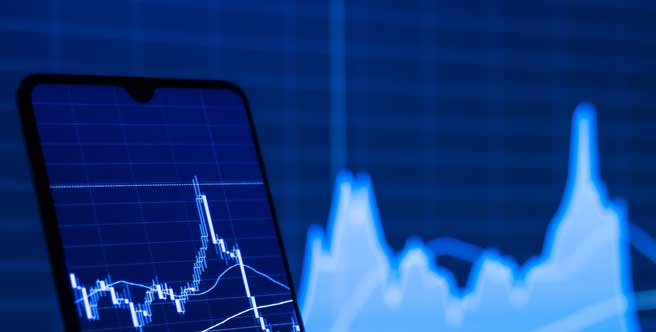Explore Our Insights
-

Health Insurance Case Study: Driving Growth After Significant Change
-

Artificial Intelligence in Revenue Operations
-

Artificial Intelligence in Sales
-

Artificial Intelligence in Marketing
-

Media & Consumer Technology: Incentive Compensation and Structural Solutions to Achieve Profitable Growth
-

Healthcare: Navigating Market Disruptions with Effective Go-to-Market and Compensation Strategies
-

Manufacturing: A Commercial Excellence Design to Grow Revenue
-

2024 Sales Pulse Survey Executive Summary
-

Technology: Is Your Organization Focused on the Right Accounts?
-

Modern Marketing Segmentation Strategies: Unlocking Success in a Dynamic Landscape
-

Modern Marketing Organizational Structures: Navigating Strategy and Agility
-

Executive Interview – Darren Catalano, HelioCampus
-

Media & Consumer Technology: 2024 Sales Compensation Trends
-

Financial Services: 2024 Sales Compensation Trends Survey
-

Manufacturing & Distribution: Prioritizing Customer Service Boosts Seller Productivity
-

Business Services: 2024 Sales Pulse Survey